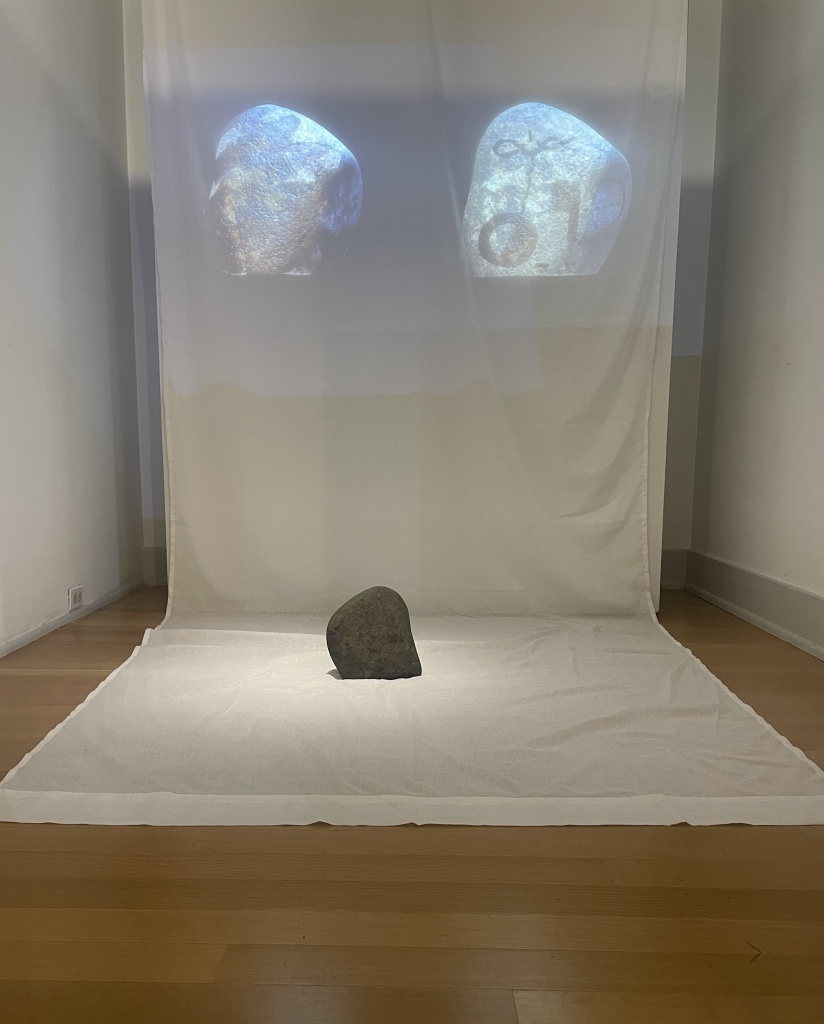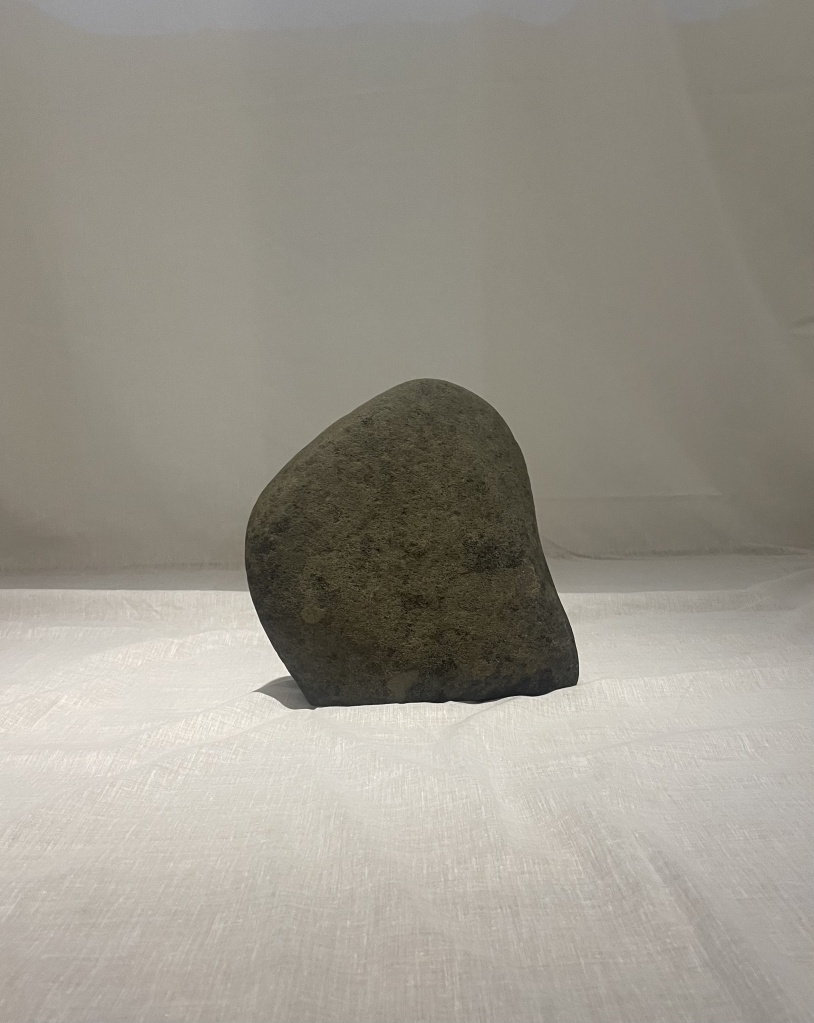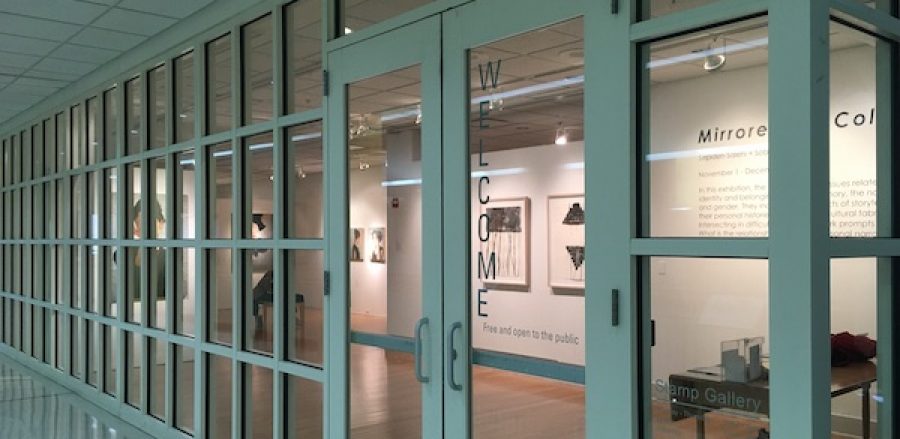Adapting Art in Changing Times
Posted: October 31, 2023 Filed under: Current Exhibition, Uncategorized | Tags: Contemporary Art, exhibition, gallery, Placeholder, Richard Hart, stamp gallery Leave a commentPlaceholder from October 10 to December 9, 2023 at The Stamp Gallery | University of Maryland, College Park | Written by Rachel Schmid-James
In an age of rapid growth and change on Earth, it can be difficult to keep up. With Artificial Intelligence becoming smarter and robots becoming more and more a part of everyday life, we can either choose to succumb to the fear of losing everything to this up and coming technology, or utilize them to enhance and move forward. For many artists, electronics have become a useful tool in creating new, experimental pieces that before would not have even been possible. Such is the case with one of artist Richard Hart’s most recent pieces. Hart, whose past works have often focused around political issues and life in his native South Africa, decided to explore an idea using a new medium: rocks. Double Water Drawing (Croton River Rock) combines both the natural world and technology, as well as the physical and the untouchable.

On a blank, white, unstretched canvas, a singular rock (from Croton River in southern New York as the name suggests) stands smack down the middle, upright and rigid. Above and behind it, a projection of two other rocks is visible. Each rock is continuously “painted” with water, which then evaporates before a new design is created. No hand is shown creating these markings, and the video is clearly sped up as the drying process between each one takes mere seconds. The work is partially based on the concept of impermanence. Nothing is forever, the same way that the water designs on the rock will at some point dry and disappear. However, I think this message goes deeper than just the rocks. The use of technology in this piece, in a way, represents the impermanence of our constantly changing world, especially as the “old ways” of doing tasks in many careers are disappearing the same way the water fades from a rock.
Hart’s work seems to ask us: how do we come to terms with the idea of constant change and evolution, while also not allowing it to take over our lives? We live in a time when artists working across all media fear AI taking their jobs or stealing their work for its algorithm. Billions of people have the world at their fingertips through the internet. Long gone are the days of classic art only being seen in museums. How do we move forward? Hart and other artists answer through pieces like Double Water Drawing (Croton River Rock): we embrace it and find a way to meld it into our art. The projector and the video add a layer to the work, enhancing instead of inhibiting. These changes can be tools if only we are able to accept them.

However, the future of AI taking over art is, I think, an unlikely one. Art is something so distinctly human, something we have been doing long before modern Homo Sapiens existed. When humans lived in caves they created swirls and illustrations using their hands and natural pigments, even lifting their children up to the ceiling so they could be a part of the ritual. It is this concept that I see reflected in Hart’s piece. The painting of rocks using water is something familiar, an activity that my friends and I used to do when we would play at the creek near my house—always disappointed when our creations would fade away in the hot sun. The combination of the old and the new in Double Water Drawing (Croton River Rock) gives me hope that art can continue on even when things feel uncertain, and that new technology does not need to be our enemy.
Richard Hart’s work is included in Placeholder at The Stamp Gallery of the University of Maryland, College Park, from October 10 to December 9, 2023. For more information on Richard Hart, visit https://www.richard-hart-studio.com/. For more information on Placeholder and related events at The Stamp Gallery, visit https://stamp.umd.edu/centers/stamp_gallery.
